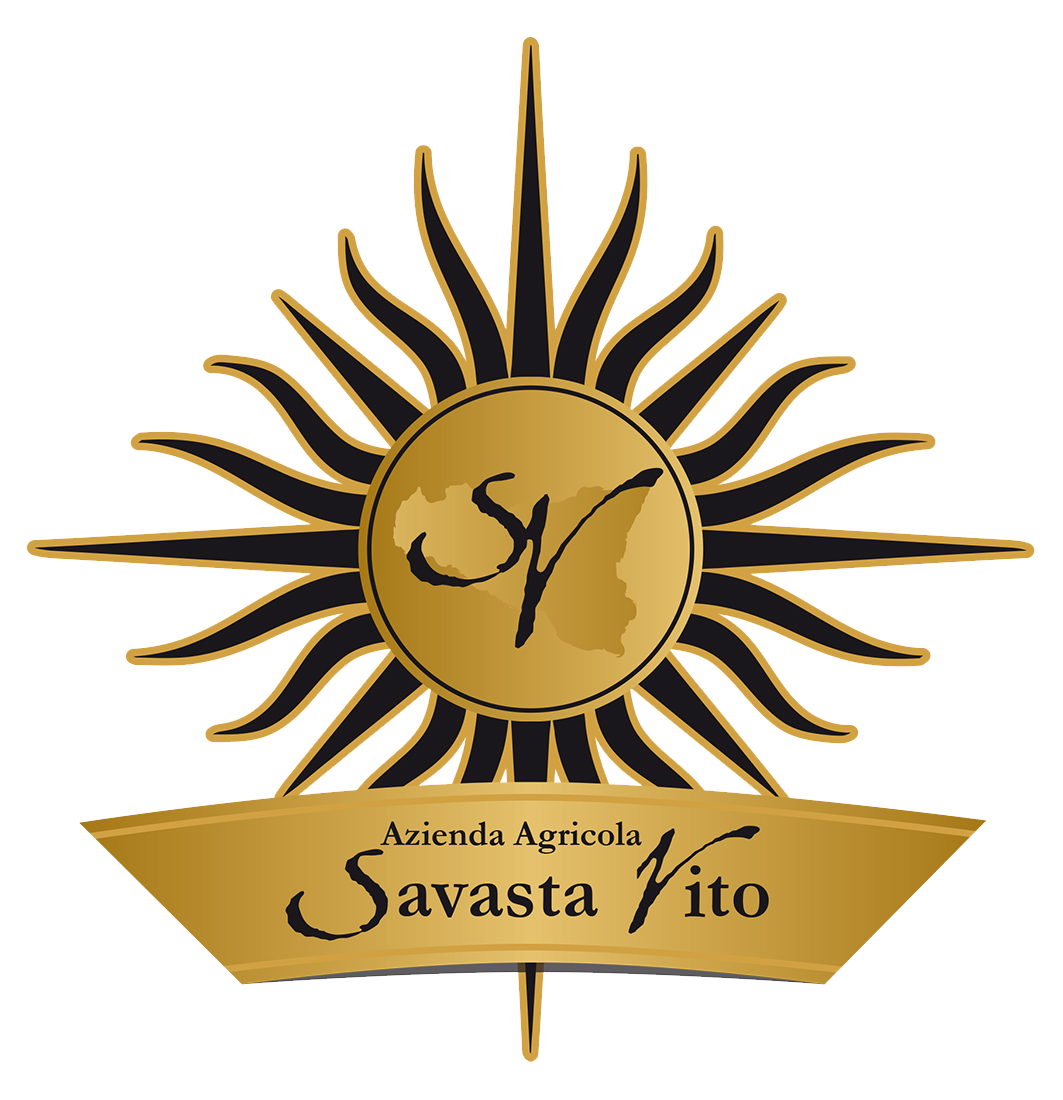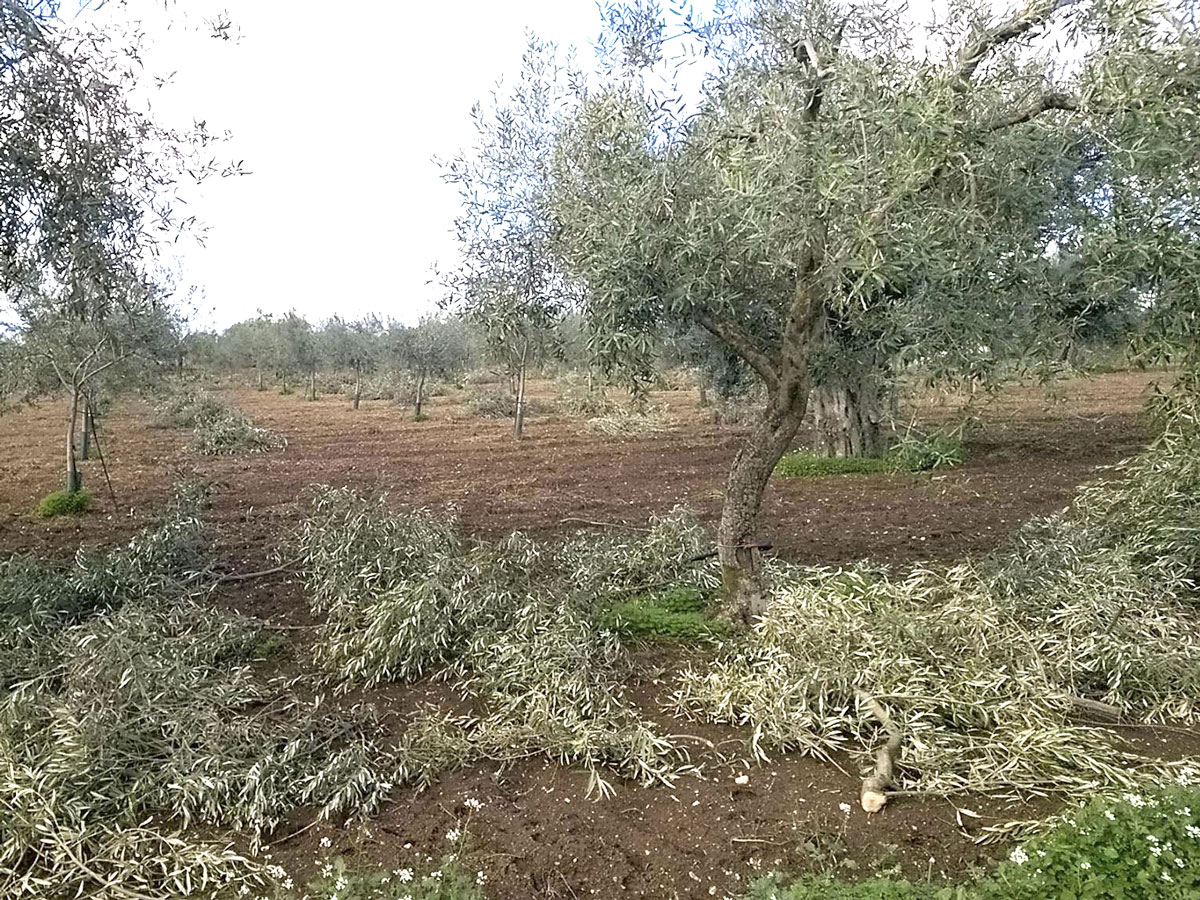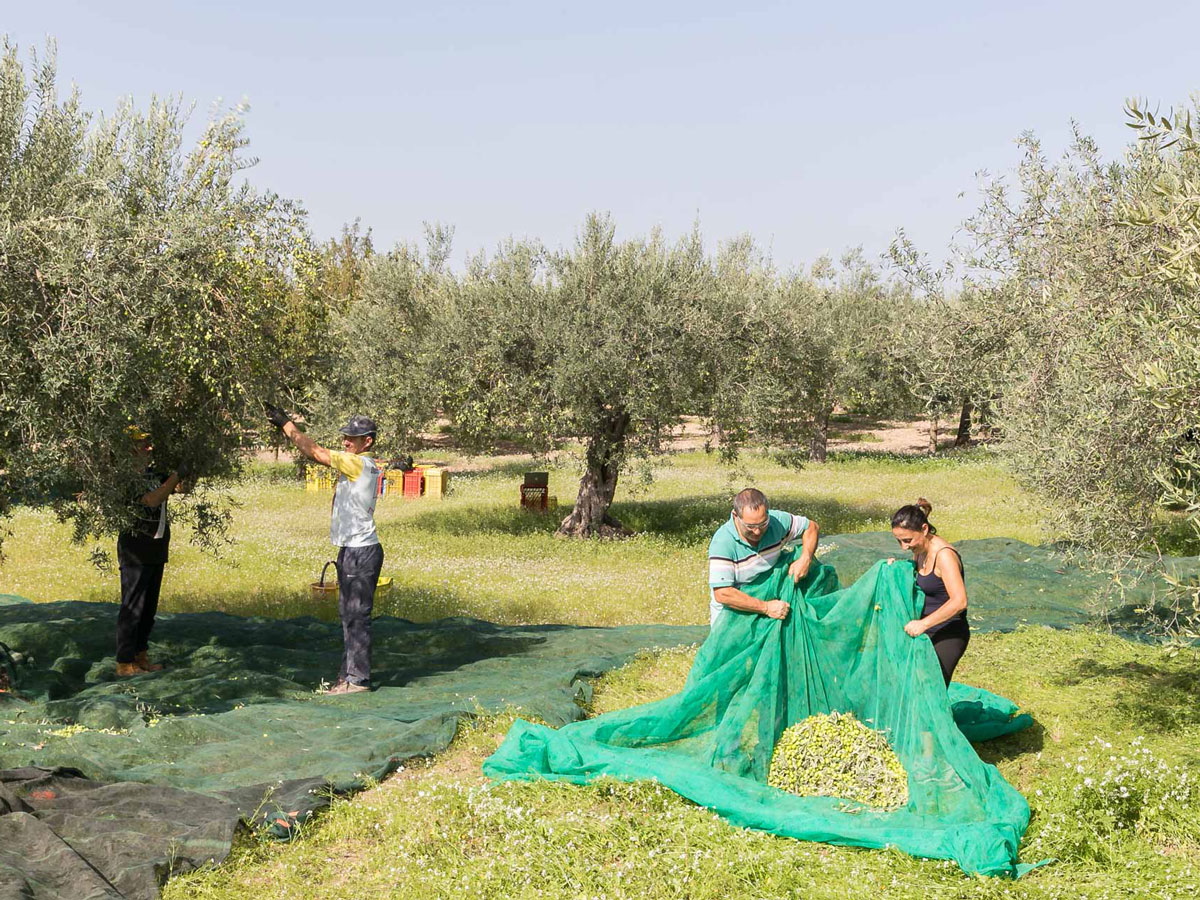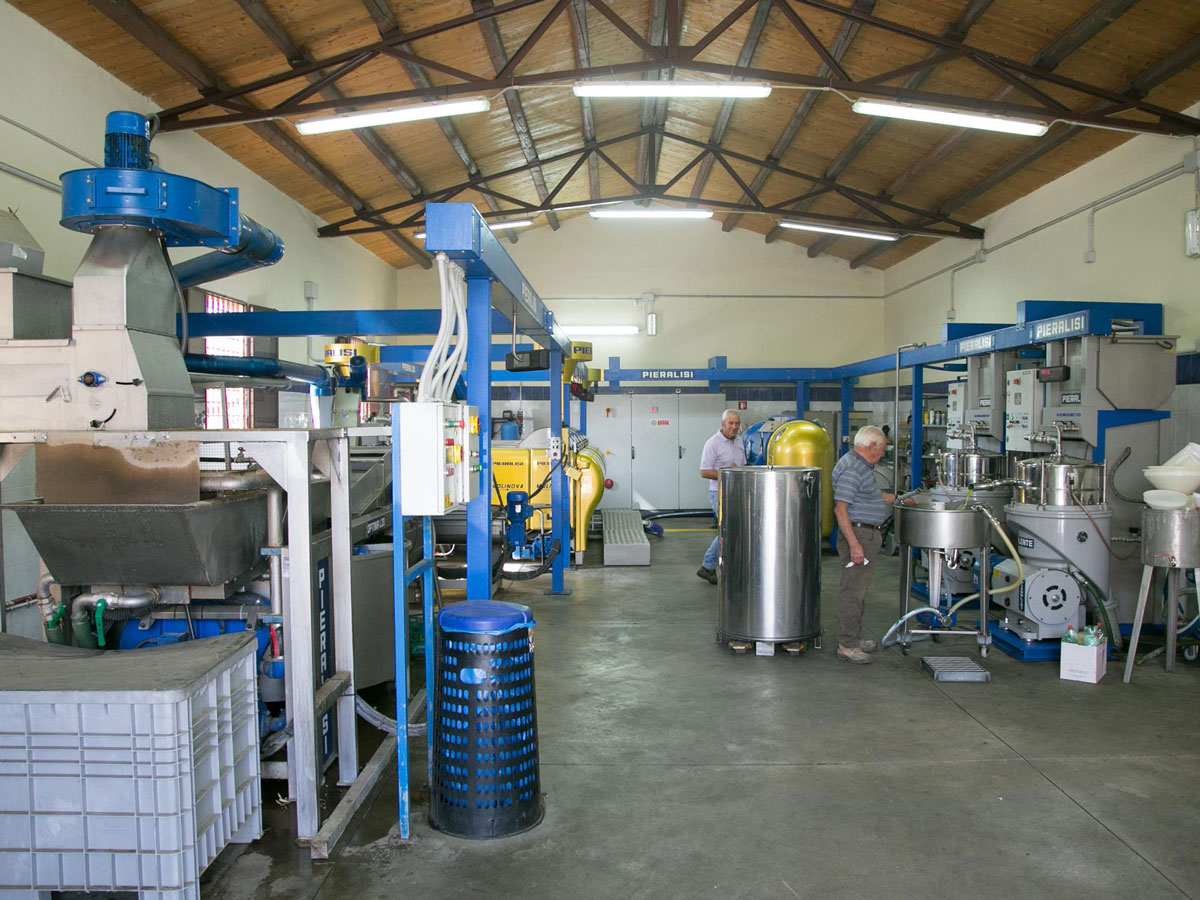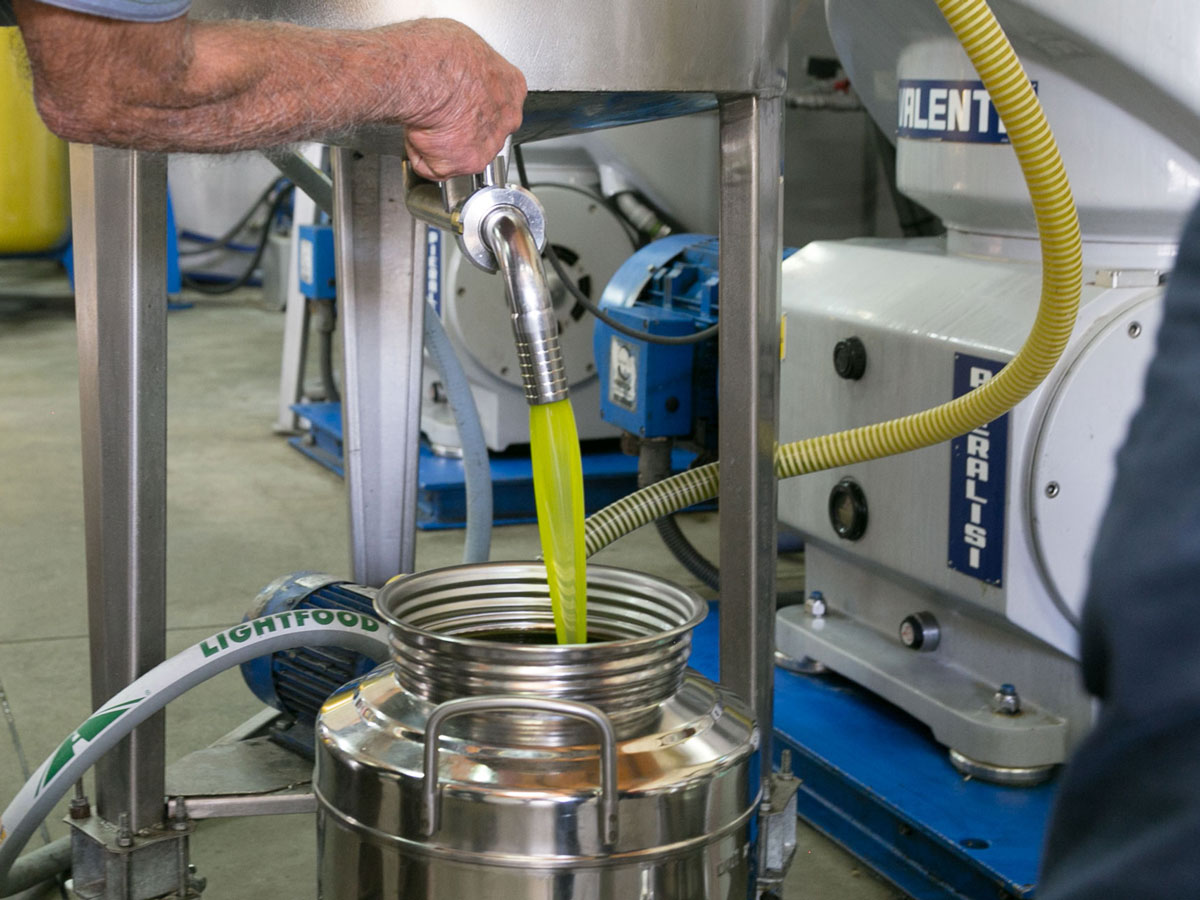PRODUCTION CYCLE
Olive oil extraction is an industrial process of agro-food processing, the purpose of which is to extract oil from the drupes of the olive tree. This transformation, carried out in a facility called an oil mill (or, more improperly, an oil press), takes place in two basic phases: the grinding of the pulp (milling or crushing) and the subsequent separation of the oil fraction from the other components.
PRUNING
Pruning is carried out between December and February depending on the weather and is done by hand with the help of small mechanical tools and only by qualified personnel.
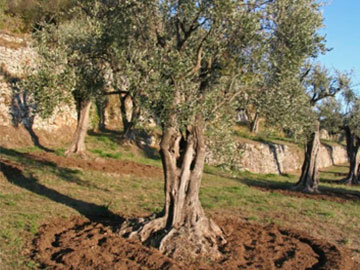
FERTILISATION
The company does not use chemical fertilisers but prefers the natural system, such as sowing leguminous plants (field beans). At the time of setting, i.e. when there is the maximum amount of nitrogen in the root system and potassium in the aerial part of the field bean, it is chopped up and buried, releasing nitrogen and potassium into the soil naturally.
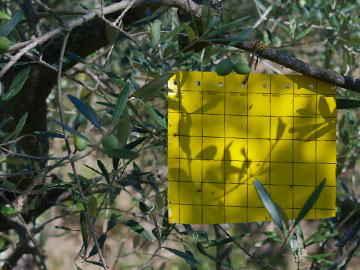
TREATMENTS
Olive trees do not require much treatment. Its most dangerous and insidious enemy is the oil fly, which is caught naturally without resorting to chemical or pesticide treatments, by placing chromotropic traps.
COLLECTION
Harvesting starts in October and lasts until mid-November at the latest. The olives are harvested by hand with small mechanical facilitators. They are then placed in perforated plastic crates and transported to the oil mill within the next 12 hours to ensure a high quality oil. At this stage, they are separated from leaves and dust and then washed. At this stage, they are ready for milling.
LA MOLITURA
The olives are cold-pressed in state-of-the-art continuous cycle mills at a controlled temperature so as not to alter the typical deep green colour, spicy and herbaceous aroma and fruity flavour.
